Vietnam is a country blessed with incredible diversity in culture, cuisine, and climate. As travelers explore its long, S-shaped terrain, understanding the Vietnam travel seasons becomes crucial for planning the perfect trip. Whether you seek sun-drenched beaches, misty mountains, or vibrant festivals, this guide from Indochina Today Travel will help you decide when and where to go across Vietnam’s complex seasonal patterns.
Understanding Vietnam Travel Seasons by Region
Vietnam’s weather is heavily influenced by its geography, stretching over 1,650 km from north to south. It comprises three primary regions: North, Central, and South. Each has its own version of the Vietnam travel seasons, shaped by different monsoonal systems.
Northern Vietnam: Dramatic Shifts from Cold Winters to Hot Summers
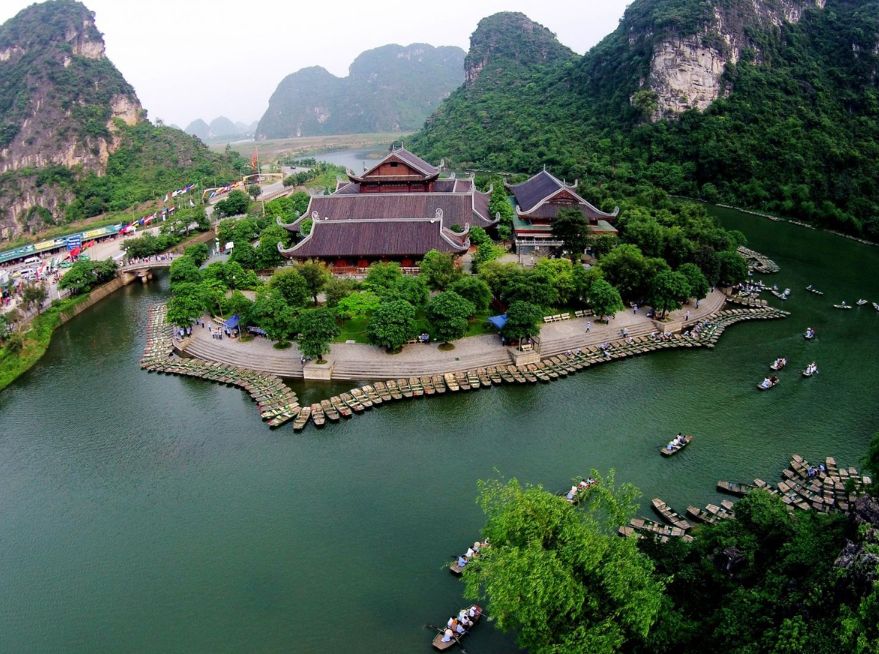
In Northern Vietnam—including Hanoi, Halong Bay, Sapa, and Ninh Binh—there are four distinct seasons: spring, summer, autumn, and winter.
Dry season (October to April): Often considered the best time to visit Vietnam 2025, especially for Northern destinations. Crisp air, blue skies, and golden rice terraces attract travelers on Vietnam classic tours and photography adventures.
Rainy season (May to September): High humidity and heavy showers are common. However, the landscapes become lush and green, ideal for nature lovers and those seeking authentic rural experiences.
Central Vietnam: A Climate All Its Own
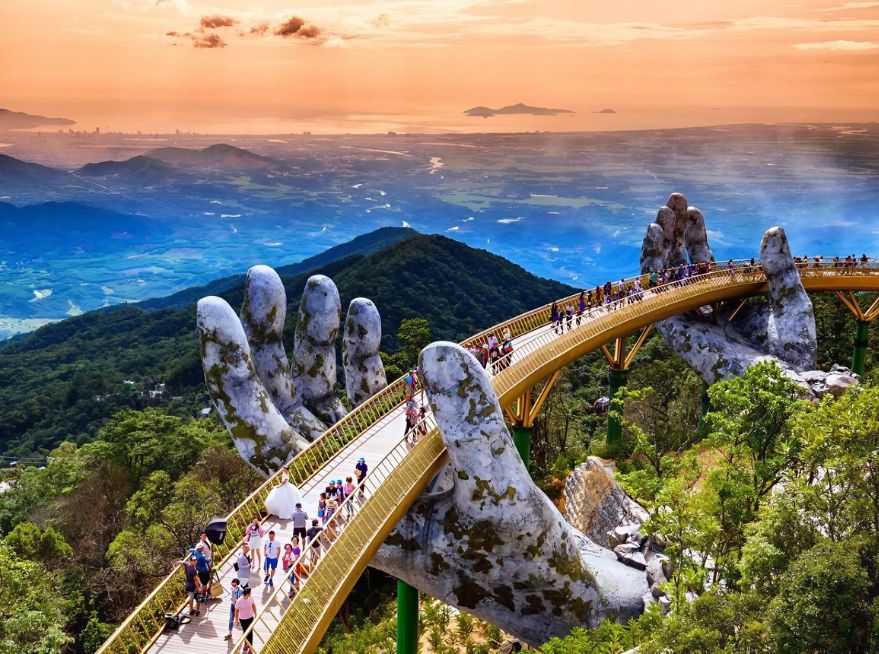
Central Vietnam—home to Hue, Da Nang, Hoi An, and Quy Nhon—experiences a different cycle of Vietnam travel seasons compared to the north and south.
Dry season (February to August): These months are perfect for beach holidays and cultural explorations. Travelers often choose Vietnam travel package options that include sun, sea, and historical landmarks.
Rainy season (September to January): Central Vietnam is prone to typhoons and heavy downpours during this time, especially from October to December.
Southern Vietnam: A Tropical Two-Season Climate
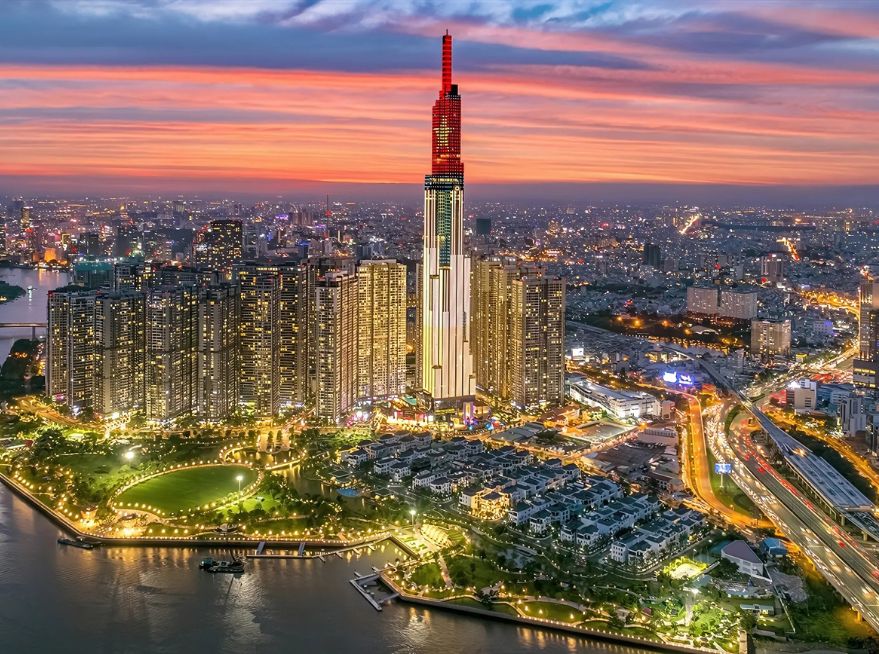
Southern Vietnam—including Ho Chi Minh City, the Mekong Delta, and Phu Quoc—experiences a typical tropical climate with only two seasons.
Dry season (November to April): These months offer sunny skies and are ideal for those on Vietnam cheap tours exploring vibrant street life, floating markets, and island retreats.
Rainy season (May to October): While showers are frequent, they are often short-lived and occur in the late afternoon, allowing travelers to continue their journey with minimal disruption.
When is the Best Time to Visit Vietnam in 2025?
If you’re wondering about the best time to visit Vietnam 2025, it largely depends on your destination and travel interests. However, for balanced weather across all regions, the months of March to April and October to November stand out as the most favorable periods.
These months offer moderate temperatures, lower humidity, and less rainfall—ideal for all types of experiences, from Vietnam adventure tours in the mountains to heritage walks in ancient towns.
Vietnam Travel Seasons and Tour Types
Understanding Vietnam travel seasons also helps you select the right kind of tour. Whether you’re interested in nature, culture, or off-the-beaten-path destinations, each season aligns well with certain tour styles.
Vietnam Classic Tours: Ideal for the Dry Season
The dry season provides the most comfortable conditions for Vietnam classic tours, which typically include major cities, UNESCO heritage sites, and scenic countryside. The months from October to April are optimal for enjoying temples, palaces, and cultural performances without weather interruptions.
Vietnam Adventure Tours: Rainy Season Brings Green Escapes
While the rainy season might deter some tourists, it is perfect for Vietnam adventure tours that involve jungle trekking, waterfall hunting, and rafting. Northern regions like Sapa and Ha Giang become particularly striking during the rainy months, offering misty mountain landscapes and flourishing ethnic villages.
Vietnam Cheap Tours: Travel Off-Peak for Better Deals
If budget is a priority, traveling during the shoulder season or rainy season allows you to find great deals on Vietnam cheap tours. Not only will flights and accommodation be cheaper, but destinations like Hoi An, Nha Trang, and Da Lat will be less crowded and more relaxed.
Packing Tips According to Vietnam Travel Seasons
Smart packing ensures a comfortable and stress-free trip, no matter when you visit. Here’s how to pack based on the Vietnam travel seasons.
Dry Season Packing (November to April)
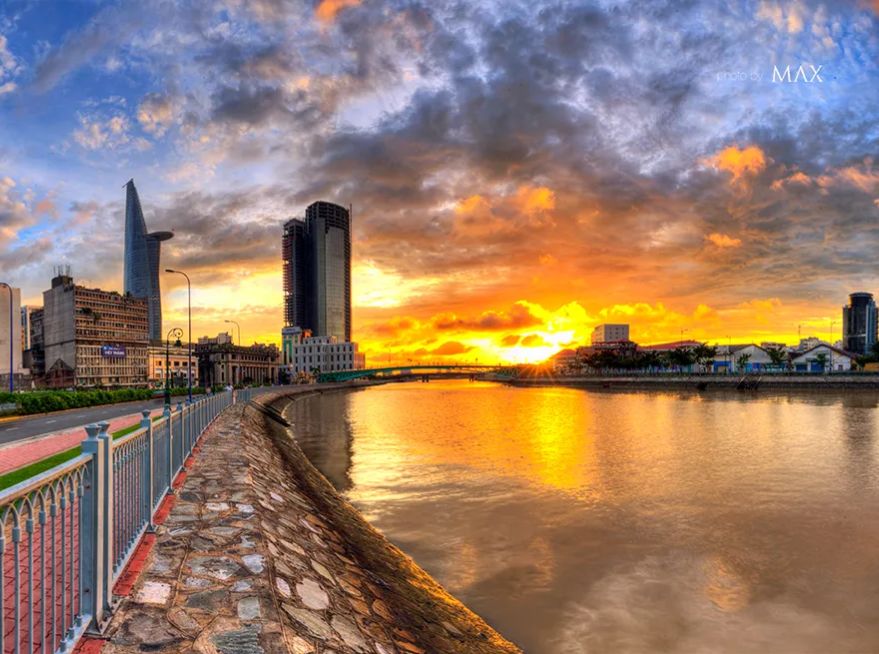
- Lightweight clothing: Breathable fabrics like cotton and linen are ideal for warm days.
- Layers: Especially in Northern Vietnam, where evenings and early mornings can be chilly.
- Sunscreen and sunglasses: The sun can be intense, even in the cooler months.
- Sturdy shoes: For exploring cities or trekking on dry terrain in Vietnam adventure tours.
Rainy Season Packing (May to October)
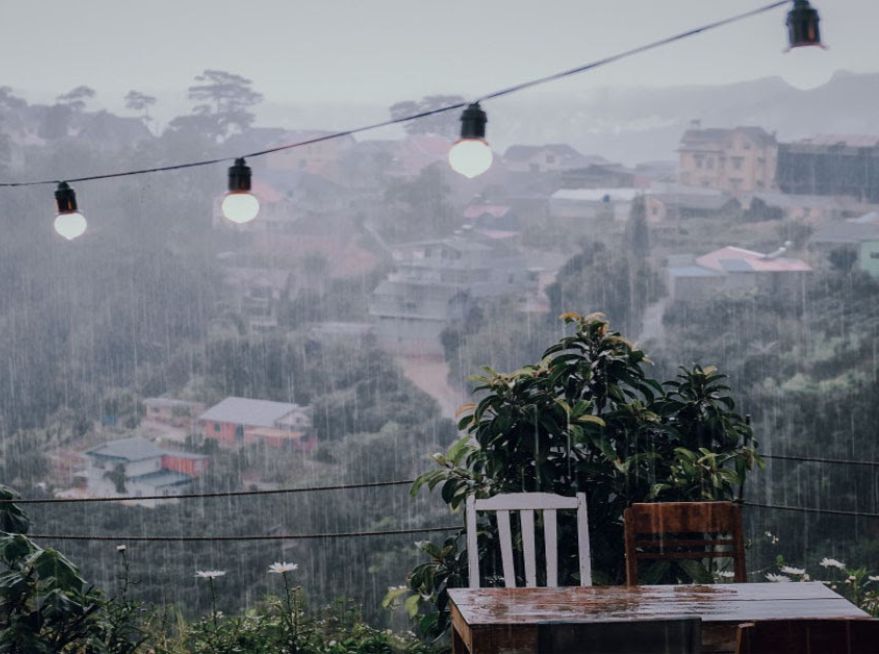
- Light raincoat or poncho: A must-have during sudden afternoon downpours.
- Quick-dry clothing: Essential for staying comfortable when humidity is high.
- Waterproof backpack cover: To protect electronics and valuables.
- Insect repellent: Especially important in rural or jungle areas during the rainy months.
Seasonal Festivals to Catch During Your Vietnam Trip
Understanding Vietnam travel seasons also helps travelers experience the country’s rich cultural life through its many festivals.
Tet Holiday (January or February)
Tet, or Vietnamese Lunar New Year, marks the beginning of spring and is Vietnam’s most important celebration. If you join a Vietnam package tour during this period, expect closed businesses but colorful markets, flower displays, and family-focused customs.
Hue Festival (April, every two years)
Held in the ancient capital of Hue, this event celebrates imperial traditions through music, dance, parades, and cultural exhibitions. The dry season timing is perfect for heritage-oriented Vietnam classic tours.
Mid-Autumn Festival (September)
Also known as the Moon Festival, this is a family-friendly event that delights visitors with lion dances, lanterns, and mooncakes. It falls at the end of the rainy season, just when the weather begins to cool down in the north.
Regional Insights for Each Vietnam Travel Season
Let’s break down the Vietnam travel seasons further by identifying the top destinations and what to expect in each area.
Northern Vietnam Highlights
Dry season: Great for exploring Hanoi’s Old Quarter, cruising in Halong Bay, and trekking in Sapa. Ideal for both Vietnam classic tours and nature excursions.
Rainy season: Lush rice fields in the north are stunning during the summer months. Travelers on Vietnam adventure tours will enjoy vibrant green landscapes and fewer tourists.
Central Vietnam Highlights
Dry season: Hoi An and Da Nang become beach paradises. Great for family-friendly Vietnam package tour options.
Rainy season: Often marked by storms—travel cautiously. Hue still offers indoor attractions like the Imperial Citadel and museums.
Southern Vietnam Highlights
Dry season: Cruise the Mekong Delta, explore Ho Chi Minh City’s energetic nightlife, and relax on Phu Quoc Island. Perfect for Vietnam cheap tours that combine culture and leisure.
Rainy season: Still feasible for travel. Rains are brief, and markets or cafes provide plenty of indoor activity.
Frequently Asked Questions (FAQs)
1. What is the best time to visit Vietnam in 2025 for a multi-region trip?
The best months are March to April and October to November, when weather is favorable across most of the country. These periods suit all tour types, from Vietnam classic tours to Vietnam adventure tours.
2. Can I travel to Vietnam during the rainy season?
Absolutely. While you should expect occasional showers, especially in the south and central regions, many tourists enjoy Vietnam cheap tours during this time because of fewer crowds and lush scenery.
3. How do Vietnam travel seasons affect flight and hotel prices?
The dry season (peak season) typically comes with higher prices and busier destinations. Traveling during the shoulder or rainy seasons can unlock better deals on Vietnam package tour options and accommodations.
Vietnam’s weather may seem unpredictable at first glance, but by breaking down the Vietnam travel seasons, you can plan your trip with clarity and confidence. From misty mountains and ancient cities to tropical beaches and floating markets, Vietnam rewards those who travel smartly and seasonally.
At Indochina Today Travel, we specialize in crafting memorable journeys tailored to your ideal timing and style. Whether you’re after culture, adventure, relaxation, or budget-friendly experiences, our selection of Vietnam classic tours, Vietnam adventure tours, and Vietnam package tours will help you explore the country at its best—rain or shine.
Book your 2025 Vietnam journey now and make the most of the season that suits you best.
Add: Phuc Loi, Hanoi, Vietnam
Hotline / WhatsApp: +84.988.176.761
Email: sales@indochinatodaytravel.com
Phone: +84.24.6685.5566
Website: indochinatodaytravel.com | dgbtravel.com | vietnamgolflux.com

